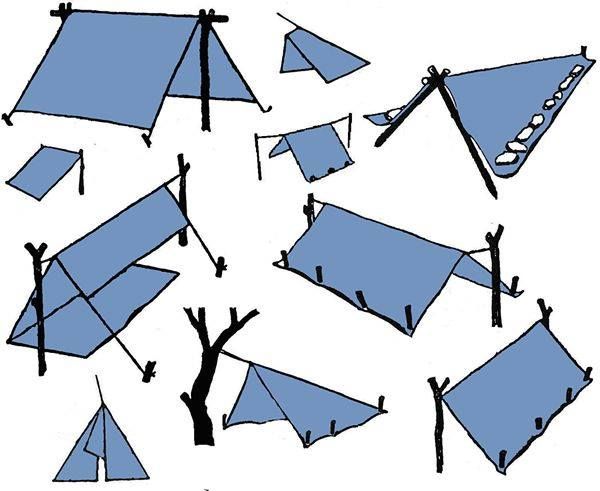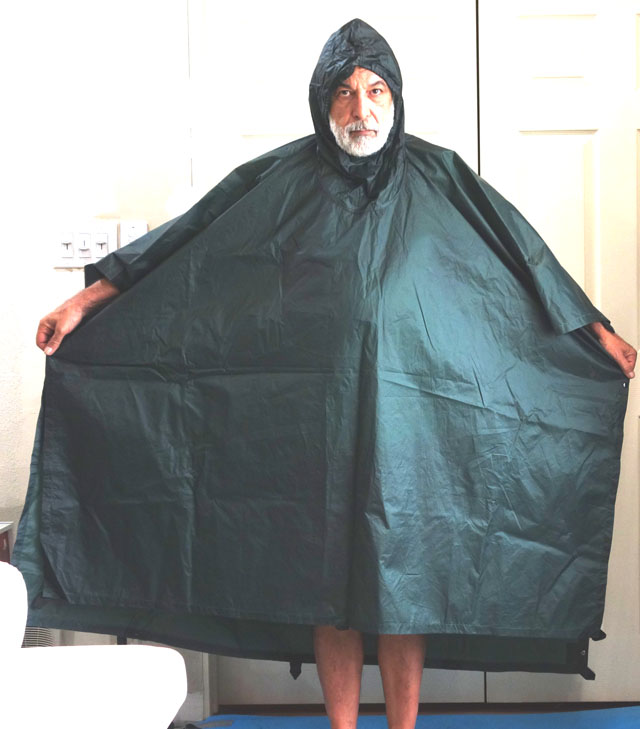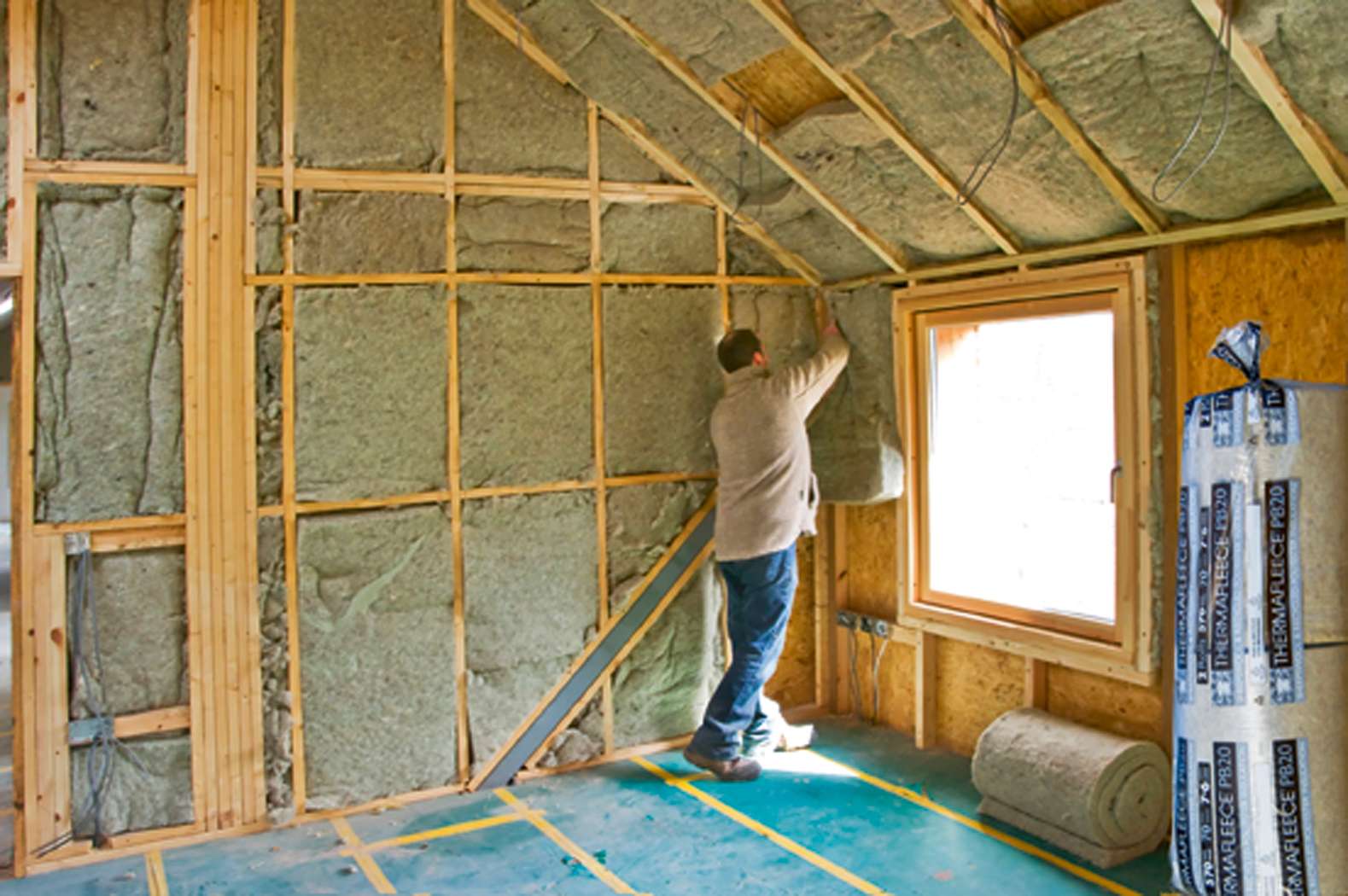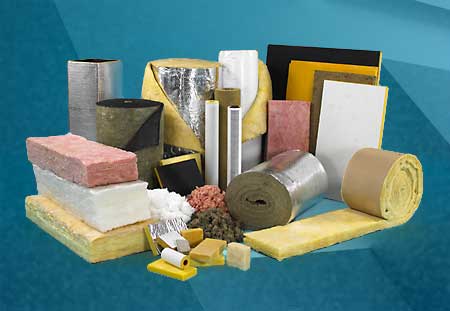Yes. Really. Tarps.
Those big, plastic (or polyvinyl) blanket like things with grommets in the sides.
 |
| http://www.tarpsupply.com/buy-case1-blue-6x8.html |
I have spent hours on the treadmill pondering the many uses for tarps because they are one of those things that you need to have. Simply put, if you own a home, or a car, or have children, or pets, or think that there is some point in your existence you may need to be outside for a while, you want to have a tarp handy.
The worst thing is to need a tarp and not have one. Well maybe not THE worst, but it can sure feel like it at the time.
But most people don't think, "hey, one day I may NEED a tarp so I will pick one up now, just to have on hand." If we did, everyone would have tarps and I wouldn't need to suggest this.
The problem I've run into with my consideration of tarps, other than the funny looks for from the interns who ask me what I'm thinking about on the treadmill, is that once I start thinking of all the things you need a tarp for, I (a.) want to run out an buy a bunch of new tarps in lots of different sizes, and (b.) keep coming up with ideas for things you can do with tarps.
And then I decided to google it. Yes. I googled "Tarps". The good thing is I realized I am not the only one who spends an excessive amount of time thinking about things to do with tarps. I feel like I'm a 10 year old being asked to build a fort, and survive in the outback with an ax, a tarp, and some duct tape. (Which is actually not too far off base.)
Okay, Climate change and tarps.
With climate change we are witnessing an increase in severe weather events. Increased rain, increased flooding, increased heat waves, increased freezes, increased snowfall, increased winds and storms, increased hail, increased tornadoes, increased hurricanes, and increased storm surges (where water comes in from the coasts). And even increased wildfires - though not technically weather -still closely linked, increasing and bad. Right now (August 2016) there are some pretty severe weather happening with unprecedented flooding in Louisiana that has many many thousands of people who didn't even live in flood zones flooded out of their homes. At the same time in California there are wildfires consuming homes and communities with a ferocity that is astounding.
Just to be clear - tarps won't stop flooding or forest fires, but they can help out a lot in emergencies like these.
Tarps can be used in the event that there is damage to your home including roofs and windows, your car, your yard, or any other area that is vulnerable to weather. And get some bungee cords too. They are super helpful.
Let's take an example - a lot of rain falls, the soil gets softer, the wind picks up and you have an uninvited tree in your living room. Until you get it fixed, unless you want rain, wind and critters coming in through that new hole, you want to cover it with a tarp. If needed you can even put a few tarps together. When it comes down to it, you don't want to have to try to find a tarp and bungee cords in the local home improvement store after a really bad storm, because you probably are not the only one looking for them then.
 |
| http://www.knoxvilleroofcontractors.com/emergencyroofrepairs/ |
Here's another example - your car is sitting in the driveway. Severe weather hits and you hear there is hail forecast. If you have a tarp in the car, you can run out, and grab your floor mats to cover the back and front windows and then cover it with a tarp. If you have a blanket or towels in the car, put those on too and then the tarp on top. It can prevent things like this from happening:
 |
| http://www.dings-n-things.com/how-to-protect-your-car-from-hail-damage/ |
And let's face it, a little preparedness can absolutely help in a case like this.
Other uses for tarps - looking at climate change.
If there is going to be extreme heat or extreme cold and you want to protect gardens, fruit trees in blossom, or outdoor animal habitats - tarps are great for creating a barrier between what you want to protect and elements. For cold - a tarp with a blanket under it can provide extra insulation and protect from harsh winds. For heat - a well staked tarp can provide shade over a garden to reduce the evapotranspiration and keep plants comfortable. You want to have enough space for airflow so the plants are not smothered, of course.
You can also extend the growing season of your garden with a tarp system to create a green house, so that you have and extended growing season - in that case, light colored or clear plastic tarps are great. We'll talk about that in another installment.
You can also use tarps to collect water and direct water. In cases where the foundation of your house in not getting proper drainage in a heavy rain, using tarps beneath drain spouts can move the water out in to the yard. You can also collect water during dry spells with a tarp.
And of course, if you have to leave your home, a tarp is a must have item.
(This is the true jackpot of the google search, btw)
You can build a tent:
 |
| http://instinctsurvivalist.com/tarps-tarps-and-more-tarps/ |
You can have a ground cover for your tent:
 |
| http://bushcraftusa.com/forum/threads/help-with-a-shelter-bedroll-for-light-wknd-hiking.117519/ |
You can create a nice covered outdoors area:
 |
| https://www.flickr.com/photos/rclawson/3773547754 |
You can use a tarp to carry things or move things
| http://media.chicoer.com/2016/06/20/photos-news-week-of-6-20-2016/#1 |
You can make a hammock
 |
| http://blog.cheaperthandirt.com/10-survival-essentials/ |
It's not really the lovely, hammock you may fantasize about relaxing in, but in an emergency, it can keep you dry, off the ground, and insulated. There are times in an emergency that is a pretty AWESOME combination.
You can use it as an emergency rain poncho
 |
| http://popupbackpacker.com/the-search-for-the-holy-grail-waterproof-breathable-rain-gear/ |
Nothing says "I'm ready for anything" more than a poncho made from a tarp. It's stylish, if covers a lifetime of over indulgence, and it keeps you dry. Sort of a plastic muumuu, which can be used for all sorts of other things (like a tent!)
The Google search yielded so many tarp-tastic ideas, these are just a few.
50 Campfires - the Camping Authority 5 great uses for a blue tarp
Provides a quick overview of some additional uses with cute photos
Far Out Living - 101 Uses for Tarps
Provides an extensive list of uses for tarps that feel impressively as though many have actually been tried and true.
Off the Grid News - 19 Off-Grid Survival Uses for a Plain Old Tarp
Provides some videos on tent building and other uses...
Happy Preppers - Tarps Nine ways to use a tarp for prepping
Provides some good information on tarp uses, as well as a lot of other information.
Provides a quick overview of some additional uses with cute photos
Far Out Living - 101 Uses for Tarps
Provides an extensive list of uses for tarps that feel impressively as though many have actually been tried and true.
Off the Grid News - 19 Off-Grid Survival Uses for a Plain Old Tarp
Provides some videos on tent building and other uses...
Happy Preppers - Tarps Nine ways to use a tarp for prepping
Provides some good information on tarp uses, as well as a lot of other information.
You can see the pattern developing here.
Tarp = Useful
More Tarps = MORE Useful
As I noted above, get some strong good quality sufficiently large bungee cords (at least a dozen for a large tarp). They are great for tie downs and don't require too much fancy knot tying skills. Go ahead and get some rope too, but bungee cords are amazing.
Recommended would be at least 2-3 medium to large sized tarps for your home, at least 1 tarp to keep in your car - medium, and then maybe a few smaller tarps, depending on where you live and how much you use them.
Remember a tarp is a terrible thing to need.









